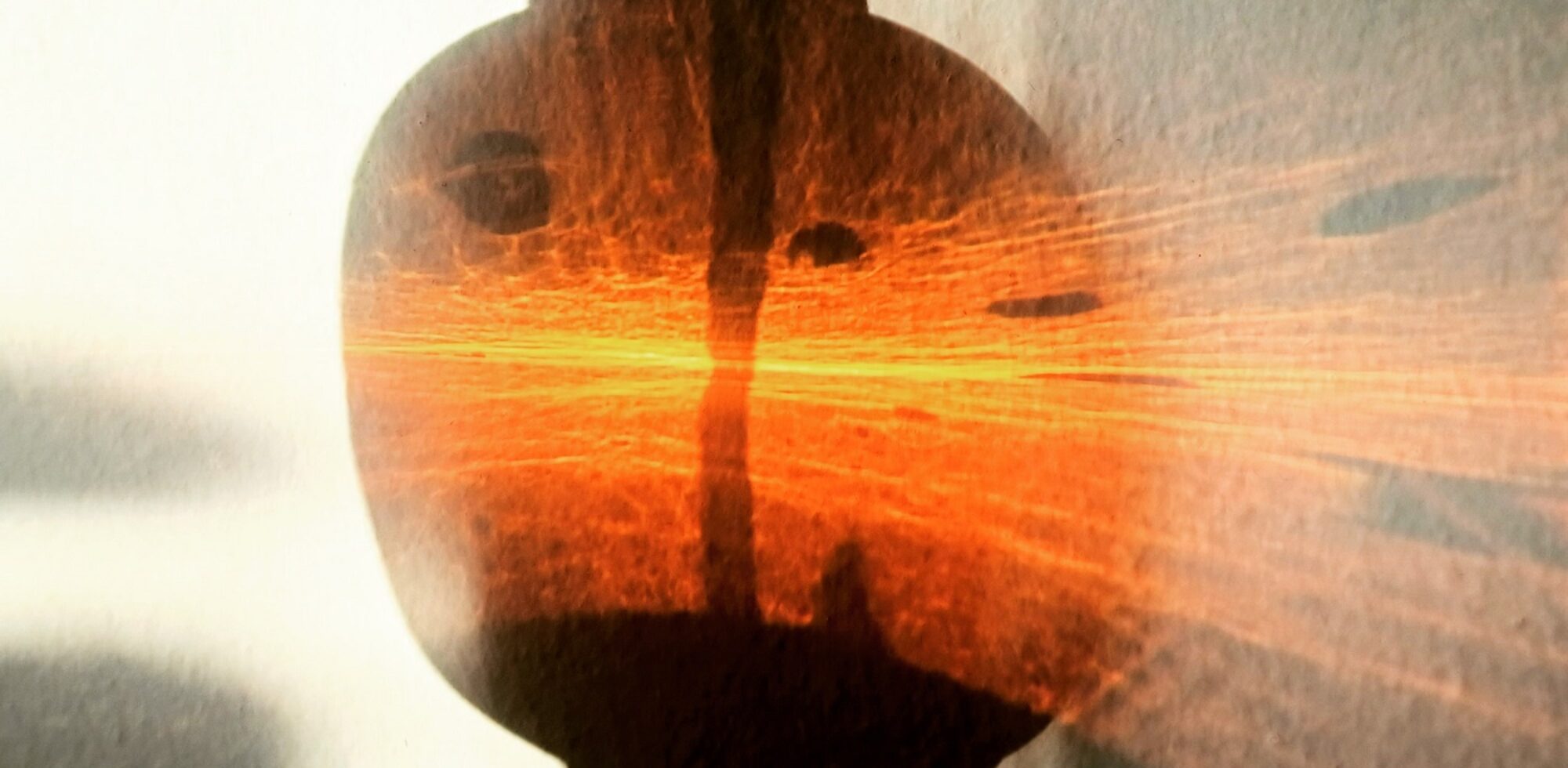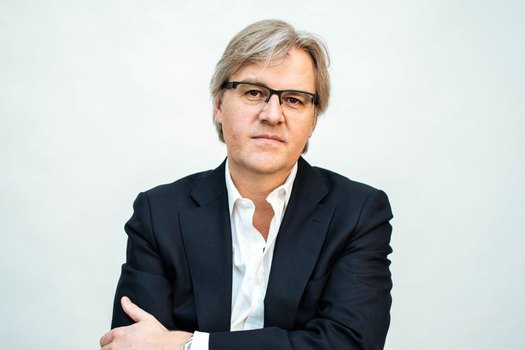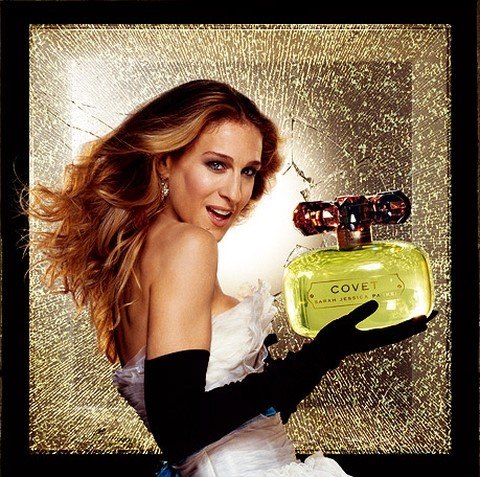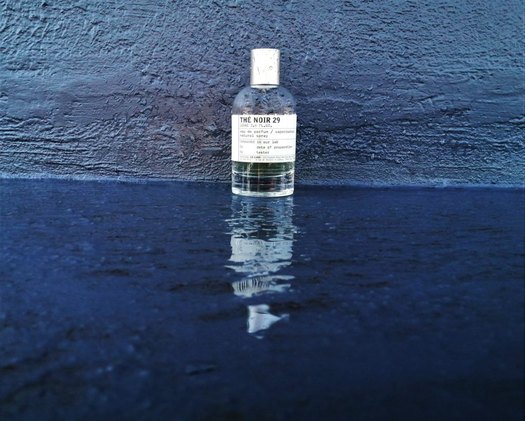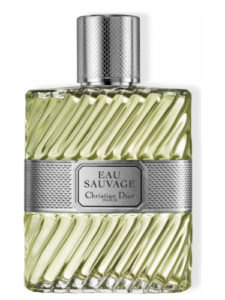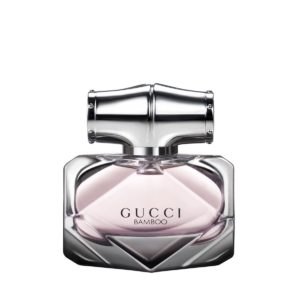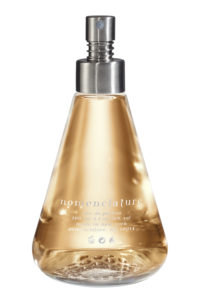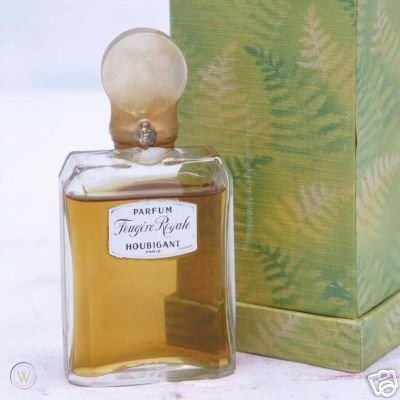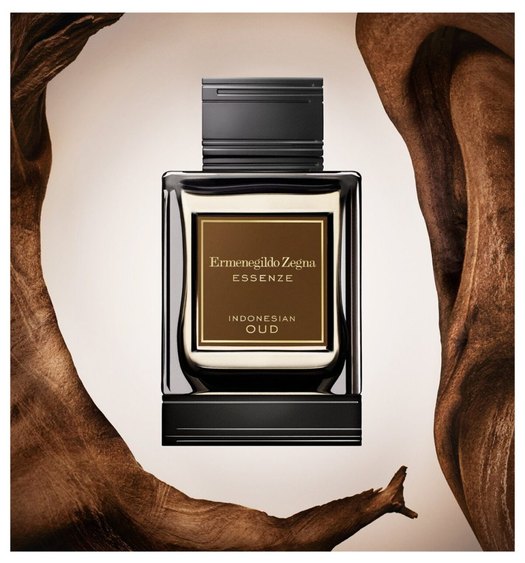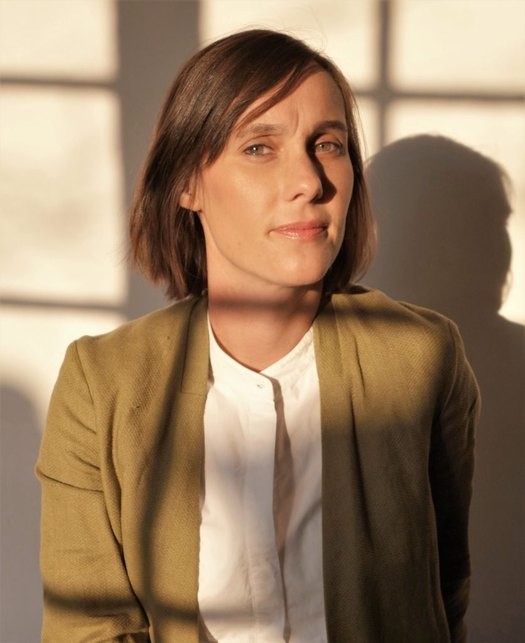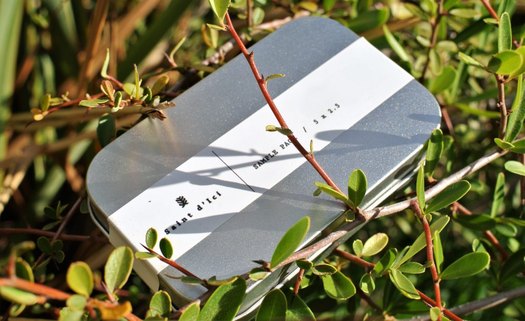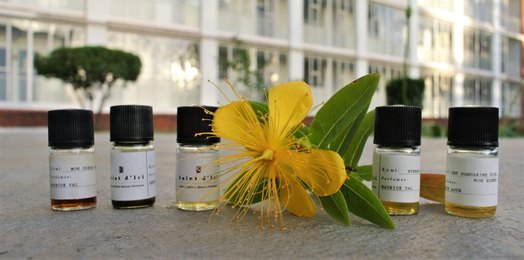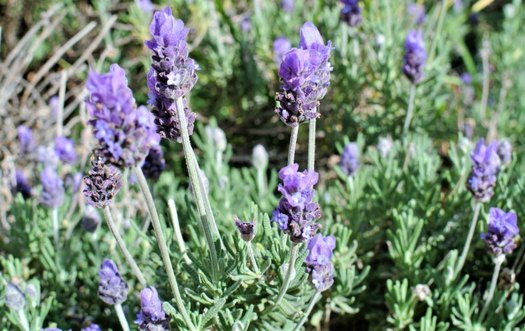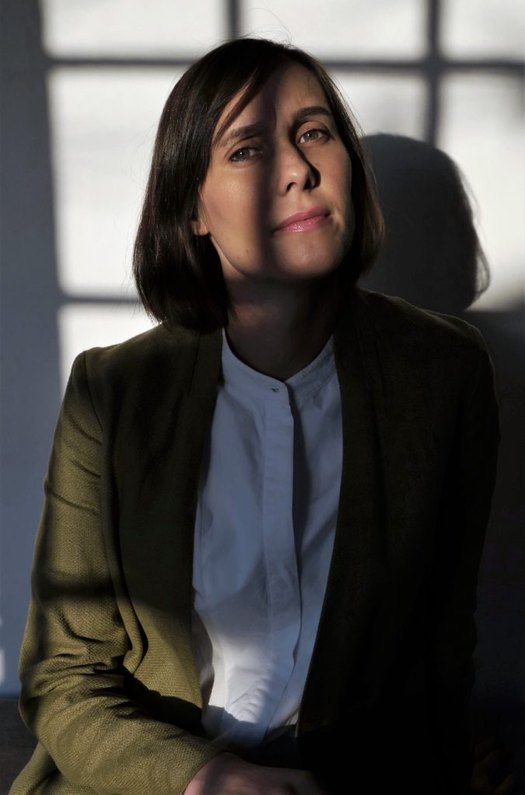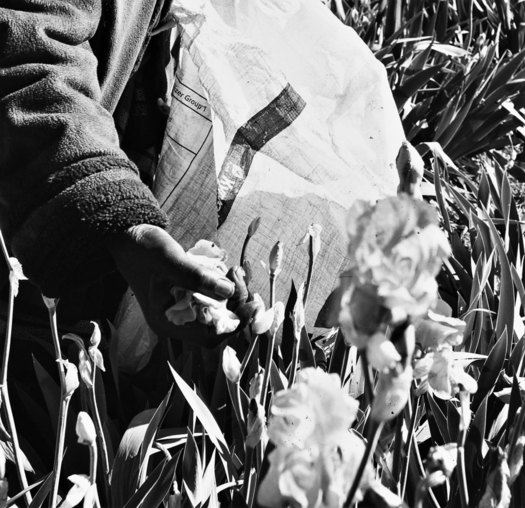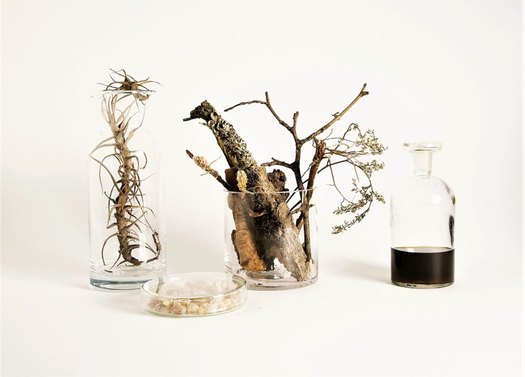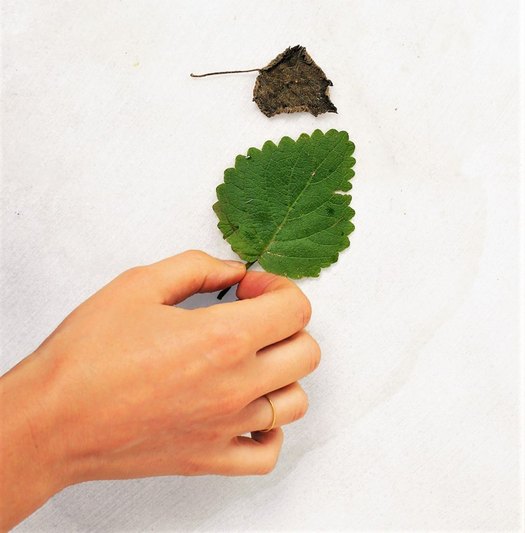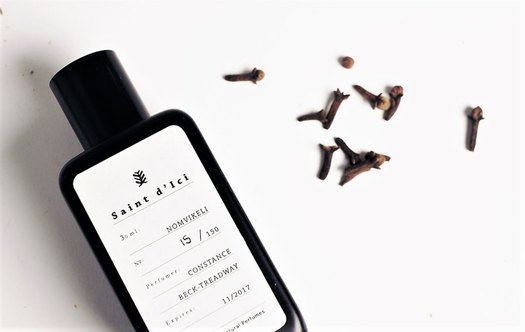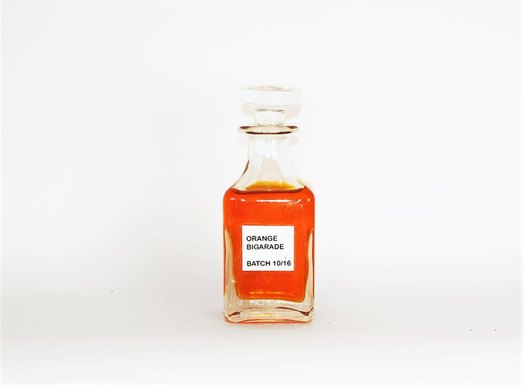I recently had the opportunity to interview natural perfumer Douglas Little about his work. There was also a lively discussion on Undina’s Looking Glass about natural, synthetic and “mixed media” perfumes. All of which prompted me to get going on an interview with Frank Voelkl, which I’d been wanting to do for a long time.
Something told me he would be helpful in providing valuable insights on the role of synthetics in modern perfumery. The New York-based senior perfumer at Swiss fragrance and flavour company Firmenich took time out of his busy schedule to answer the questions I emailed him.
Before we get to those enlightening answers, a quick overview of the work of Frank Voelkl. He has earned major respect for creations and co-creations such as:
- Alfred Dunhill X-Centric EDT (2001)
- Kenneth Cole Reaction EDT (2004)
- Sarah Jessica Parker Covet EDP (2007)
- Zirh Ikon EDT (2008)
- Oscar de la Renta Esprit d’Oscar EDP (2011)
- Ermenegildo Zegna Indonesian Oud EDP (2012)
- Paris Hilton Dazzle EDP (2012)
- Dolce & Gabbana Velvet Amber Sun EDP (2017)
- Hugo Boss Hugo Now EDT (2020)
Of course, Frank Voelkl is most famous for his work for Le Labo. He has produced the decade-defining Santal 33 (2011), Iris 39 (2006), Ylang 49 and Thé Noir 29 (2015), among others, for the NYC-based niche fragrance company.
Where did you study perfumery and what was the most important thing you learned there?
I did a bachelor in Chemistry in Germany and then got a degree at ISIPCA in Versailles. I always remember what the legendary Edmond Roudnitska [creator of classics such as Dior Diorissimo, Hermès Eau d’Hermès and Rochas Femme] told me during his class: “Never lose track of where you want to go with your creation and always keep the goal, what you want to achieve in mind.” It’s easy to get “distracted” when you create.
Would modern perfumery exist without the use of synthetics / molecules?
Absolutely not. The introduction of molecules in perfumery in the late 1800s launched modern perfumery. Just think about Chanel No 5 (1921), which wouldn’t exist without its aldehydes. Dior Eau Sauvage by E. Roudnitska (1966) wouldn’t exist without Hedione. The use of molecules really allowed us to discover new paths in modern perfumery.
What role do synthetics play when you’re creating a fragrance?
Molecules have always co-existed in my creations together with natural ingredients. They are equally important and both add beauty to a fragrance.
“If you were to compare perfume creation with the art of painting, using a molecule is comparable with drawing a precise line.” – Frank Voelkl
If you were to compare perfume creation with the art of painting, using a molecule is comparable with drawing a precise line. The use of a natural, which typically is a more complex and faceted ingredient, is similar to the use of a large brush stroke. Which means that molecules often have a more linear character and are more singular in smell. I use them exactly for that reason – to introduce a very particular note into my creation. Molecules also allow us to introduce notes that do not exist in nature and to explore uncharted olfactive territories. They are essential for innovation.
For example, when creating Gucci Bamboo, I used a particular molecule which added a very delicate green note recognisable throughout the fragrance, which I could not have achieved in the same way with a natural ingredient.
You’ve created a number of fragrances for NYC-based niche house, Nomenclature, including Adr_rett, Holy_wood and Psy_Cou. What was the attraction of working with the founders, Karl Bradl and Carlos Quintero?
Karl and Carlos had approached me a while back, inviting me to work on their new brand Nomenclature. Given my enthusiasm for molecules and the fact that Firmenich has a large number of captive molecules, it made a lot of sense to me.
Karl and I actually met a few years earlier working on a project together, and we immediately seemed to understand each other well. Of course, the fact that Karl and I both have our roots in Germany is an added bonus. It has been a great pleasure working with Karl and Carlos since the beginning, and am happy to collaborate with them on their beautiful brand.
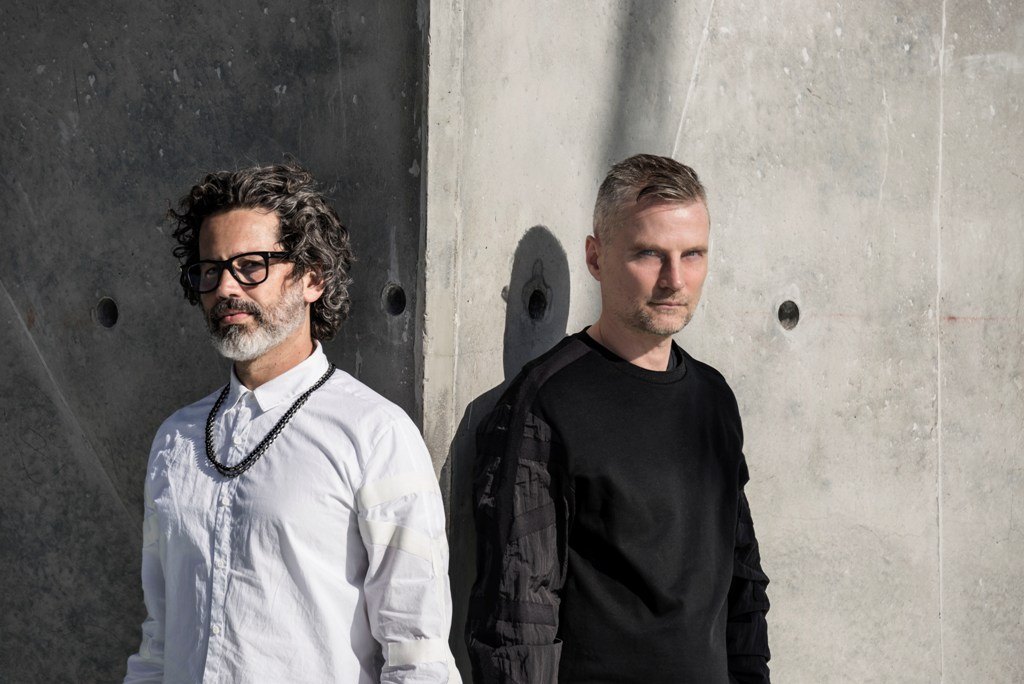
ARTIFICIAL INTELLIGENCE: Carlos Quintero and Karl Bradl of Nomenclature, which showcases exclusive molecules in perfumery. Image: Nomenclature.
Referring to Nomenclature Psy_Cou, which showcases coumarin. tell us about the beauty of this molecule and its influence on modern perfumery.
I still remember smelling coumarin for the first time in my life when it was presented to me as one of the first raw materials from the ingredient training at ISIPCA. It’s creamy, almondy and, to me, immediately triggered a sensation of comfort.
First used in Fougère Royale by Houbigant, it has since had an important role to play in men’s fougère structures, but has also made its way into many women’s fragrances. It is present in nature as well, in many aromatic essential oils or in hay extract, for example.
Which recently created molecule are you particularly excited about and how have you used it?
We have a few recent captive molecules at Firmenich that are very exciting olfactively, a new floral aldehydic one, in particular, that I use for an aquatic transparent, yet powerful women’s fragrance. Sorry, but I can’t tell you more about it than that.
In recent years, there’s been increasing consumer demand for natural ingredients in beauty products, including fragrances. Is this a good thing for perfumery? And ultimately for the environment?
I’m glad you ask this question because I think that there is a really important message that consumers need to know. As much as anything natural is perceived to be good for you and anything synthetic as inferior, the use of molecules in most cases is way safer and more sustainable than naturals.
“The use of molecules in most cases is way safer and more sustainable than naturals.”
If all fragrances were made only of naturals, our world supply would be exhausted quite rapidly. In addition, any ingredient used in fragrances, naturals or molecules, is tested before use and has to pass the same standards.
What will be the major trendS in perfumery this decade?
Starting a decade with a major pandemic has certainly had a great impact on perfumery trends. Consumers have an increased desire for comfort, safety and feeling clean. They’re increasingly looking for fragrances that make them feel good and like to know the source of the ingredients used in fragrances. Sustainability and social impact are also important factors influencing consumers in their choices. Olfactive trends will align with these criteria.
Le Labo and Nomenclature fragrances are available in South Africa at Skins Cosmetics.
